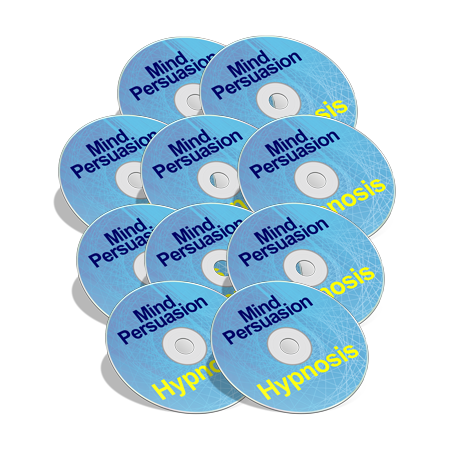If you’ve ever tried to convince somebody to come over to your side of thinking, you know how difficult it can be. No matter how hard you try, some people just seem to be set in their ways, their opinions, their beliefs. Imagine that you have a great idea that you want to tell your boss. One that you are completely sure that if your boss would take this idea, he could quickly and easily use this idea to make money, become more successful, and attract more customers.
And try as you might, you just can’t get the other person to see things this way. No amount of arguing, convincing, masterly designed powerpoint presentations can sway them. You may as well be banging your head against a brick wall, for all the good you are doing.
But what happens when you stop, now, and consider that there may be a whole new level of communication that you are forgetting about? What if you could realize that there is a layer of communication that supersedes mere logic and cause effect language? When you realize that exists another set of language skills at a completely different plane of thought, you can begin to leverage that to your advantage. When you do this, you will naturally begin to persuade people at will.
What I’m talking about is the language of structure. Language structure is very difficult to wrap your mind around because it is designed to take place outside of conscious awareness. Linguists have known for years, thanks to Noam Chomsky, that there is a ‘deep structure’ to language that children pick up automatically, without any conscious thought whatsoever. In other words, children consciously how to say words like ‘horse,’ television,’ ‘hot,’ ‘cold,’ and so on. But when they begin to string words together, the grammar rules of how to do this is completely unknown. Many scientists agree that we have some kind of ‘grammar structure’ organ in our brain, that is preprogrammed to learn grammar at a completely unconscious level.
Because people learn and use the structure of language at a deeply unconscious level, you can use this to your advantage. For example, it has become widely known, due to the work of Richard Bandler and John Grinder, that people take in, and express information through three main channels. Eyes, ears, and touch. Or to use the technical terms, visual, auditory, and kinesthetic. We also use words that are based on these senses in our speech and our writing.
Some people rely heavily on visual words: See what I mean? I can’t get a clear picture of what you are talking about. That idea is not clear to me.
Others are use more auditory words: Nice to hear from you again. I hear what you’re saying. Mexican food? Sounds great! Have you heard the latest news?
Still others use mainly kinesthetic words: I haven’t been feeling myself lately. I feel you, I really do. I feel uncomfortable with that idea.
Most people use a combination of all three. The trick is to listen to the person you are trying to convince, and pay attention to which category they rely on most. Then just simply use words from that same category when you are convincing them how great your idea is. You’ll be amazed not only how well this works, but how incredibly sneaky it is, because nobody will have any clue that you are doing it.
